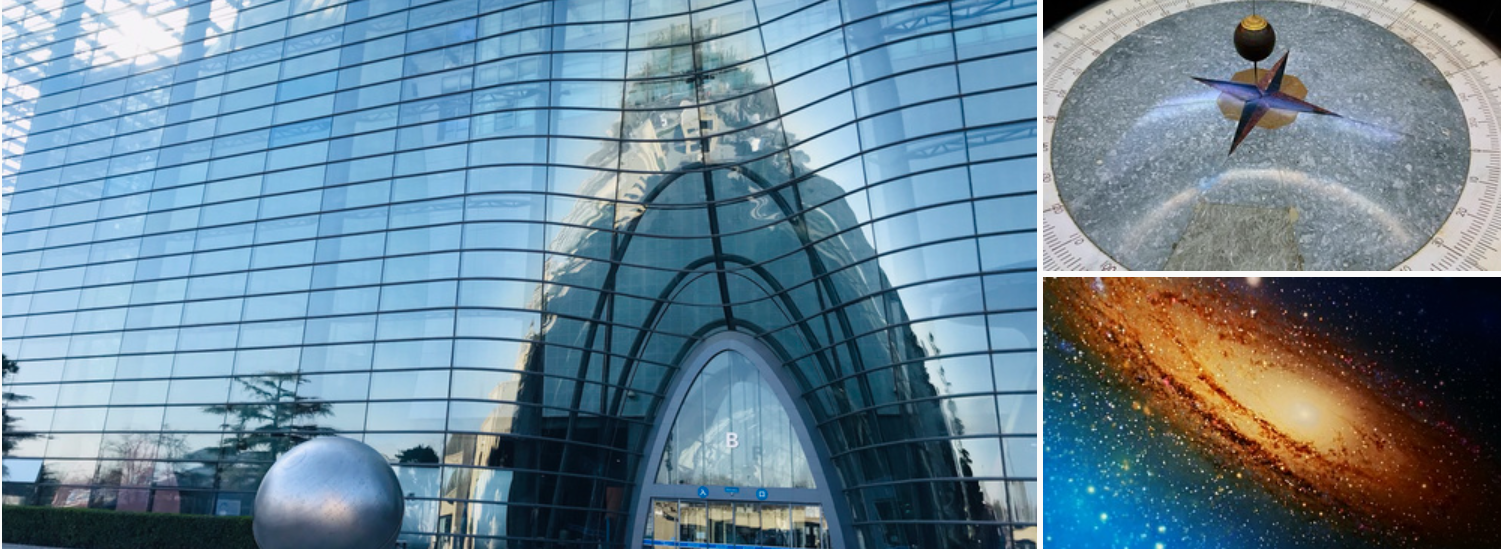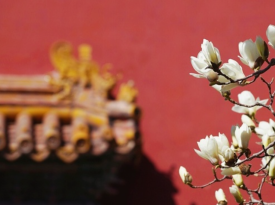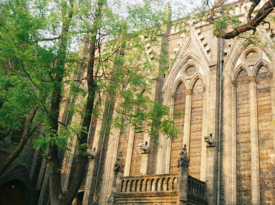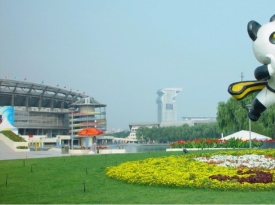The Beijing Planetarium is located at No. 138, Xizhimenwai Street, Xicheng District, Beijing. It is a national natural science museum, a national first-class museum, and a national AAAA-level tourist attraction.
It was originally built in 1957 and is the first large-scale planetarium in China and also the first large-scale planetarium on the Asian continent at that time. It covers an area of 20,000 square meters with a building area of 26,000 square meters, divided into Hall A (the old hall) and Hall B (the new hall). In the center of Hall A is a horizontal-type planetarium with a dome diameter of 23 meters, housing the treasure of the museum, the "Zeiss Model IX Optical Planetarium Projector", and a high-resolution all-sky digital projection system. Hall B has three science popularization theaters, namely the Universe Theater, the 4D Theater, and the 3D Theater, among which the Universe Theater with a diameter of 18 meters has a standard hemispherical all-sky screen.

The planetarium has a total of 773 collections (sets), including 15 precious cultural relics (sets). The important exhibits include the "Nandan Iron Meteorite", the Foucault pendulum built in 1957, and half a gram of lunar rock collected by astronauts of the US Apollo 17 manned spacecraft in 1972. In addition, the Beijing Planetarium has also launched several theme exhibitions such as "A Journey through the Universe", "Universe Shuttle", and "Cosmic Landscapes", popularizing astronomical knowledge through artificial starry sky simulation shows, astronomical knowledge exhibitions, astronomical observations, etc. It is a national science popularization education base, a science and peace education base, and a patriotic education base for teenagers.
Its affiliated unit, the "Beijing Ancient Observatory", is the imperial observatory of the Ming and Qing dynasties. It is well-preserved, and the eight ancient astronomical instruments exhibited on the top of the observatory are national treasures of Chinese astronomy and first-class national cultural relics. With its abundant exhibits, diverse display forms, and profound historical and cultural connotations, the Beijing Planetarium attracts numerous astronomy enthusiasts and tourists to explore the mysteries of the universe and feel the charm of astronomy.





